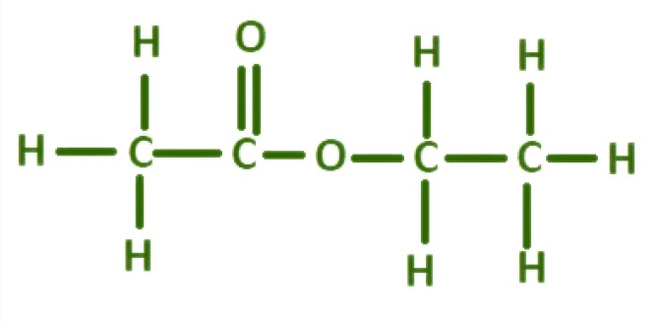Introduction to the Prekldača
Prekldača stands as a pivotal component in modern technology, facilitating the transfer and conversion of electrical energy. In the realm of electronics and engineering, the Prekldača serves a fundamental role, enabling efficient power management and distribution across a diverse array of devices and systems.
Understanding the Prekldača’s Mechanism
At its core, the Prekldača operates on the principle of switching between different electrical circuits to regulate voltage, current, and power flow. By utilizing semiconductor devices such as transistors and diodes, the Prekldača effectively controls the energy transfer process, ensuring optimal performance and reliability in various applications.
Applications of the Prekldača in Power Electronics
The versatility of the Prekldača extends to numerous fields, including power electronics, renewable energy systems, and industrial automation. In power supplies, the Prekldača facilitates voltage regulation and power conversion, enabling devices to operate efficiently across different voltage levels and load conditions.
The Role of the Prekldača in Renewable Energy Systems
In the context of renewable energy systems, it plays a crucial role in converting DC power generated from solar panels or wind turbines into AC power suitable for grid integration or local consumption. Through advanced control algorithms and modulation techniques, it maximizes energy harvesting efficiency and ensures seamless integration with existing power infrastructure.
Advancements in Prekldača Technology
Advancements in semiconductor technology and control algorithms have propelled the evolution of it designs, leading to improvements in efficiency, reliability, and performance. Modern Prekldača systems incorporate features such as soft switching, pulse-width modulation (PWM), and adaptive control strategies, enabling enhanced energy conversion efficiency and dynamic response in dynamic operating conditions.
Challenges and Opportunities in Prekldača Design
Despite its numerous benefits, it design poses certain challenges related to thermal management, electromagnetic interference, and voltage regulation. Designers must carefully balance performance requirements with constraints such as size, cost, and reliability to develop optimal it solutions for specific applications.
Also read this" Compliance: Understanding its Significance and Implications "
Conclusion
In conclusion, the Prekldača emerges as a cornerstone of modern power electronics, driving innovation and efficiency across diverse industries and applications. Its ability to regulate voltage, current, and power flow enables efficient energy conversion and distribution, paving the way for sustainable energy systems and technological advancements in the digital age.
(FAQs)
1. What is the primary function of a Prekldača in electronic circuits?
The primary function of a Prekldača in electronic circuits is to regulate voltage, current, and power flow by switching between different electrical circuits. This enables efficient energy conversion and management in various applications. By controlling the flow of electrical energy. It ensure optimal performance and reliability in electronic systems, ranging from power supplies to renewable energy systems.
2. What are the key factors to consider when selecting a Prekldača for a specific application?
When selecting it for a specific application, key factors to consider include input voltage range. Output power requirements, efficiency, switching frequency, thermal management capabilities, and reliability. By evaluating these factors, designers can choose the most suitable. It topology and configuration to meet the performance and cost objectives of their application.
3. How does a Prekldača contribute to energy efficiency in power electronics?
A contributes to energy efficiency in power electronics by minimizing losses during energy conversion and distribution. Through advanced control techniques and optimization algorithms, it maximize energy harvesting efficiency. And minimize power dissipation in electronic systems. By improving energy conversion efficiency and reducing power losses. It help to conserve energy resources, reduce operational costs, and mitigate environmental impact.
4. What are the different types of Prekldača topologies commonly used in power electronics?
Common IT topologies include buck, boost, buck-boost, flyback, and forward converters. Each with unique characteristics and applications. Buck converters step down voltage, while boost converters step up voltage. Buck-boost converters can step up or step down voltage, depending on the load requirements. Flyback and forward converters are commonly used in isolated power supply applications, providing galvanic isolation between input and output circuits.










